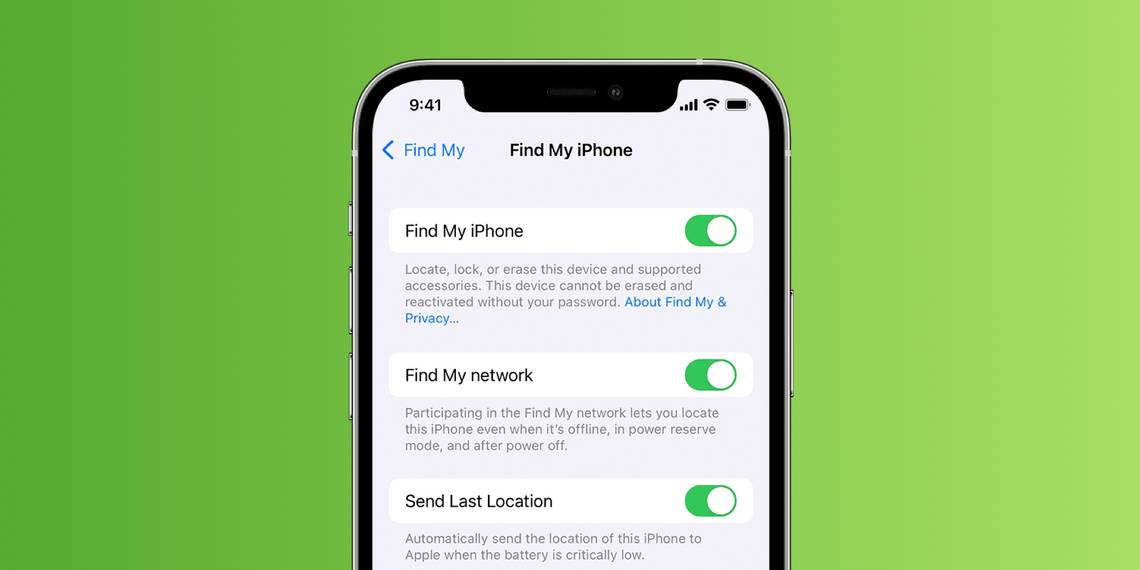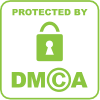15 years since the first Android Market: The app that changed the game
It's been 15 years since Google launched the Android Market, the precursor to the Play Store. We look back at 15 years of apps and change.
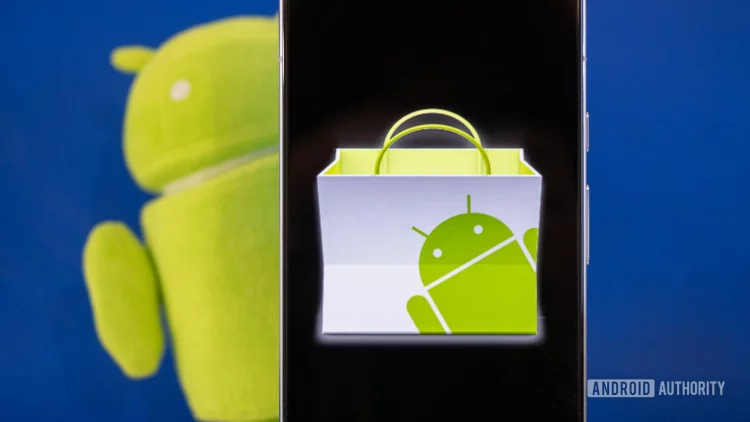
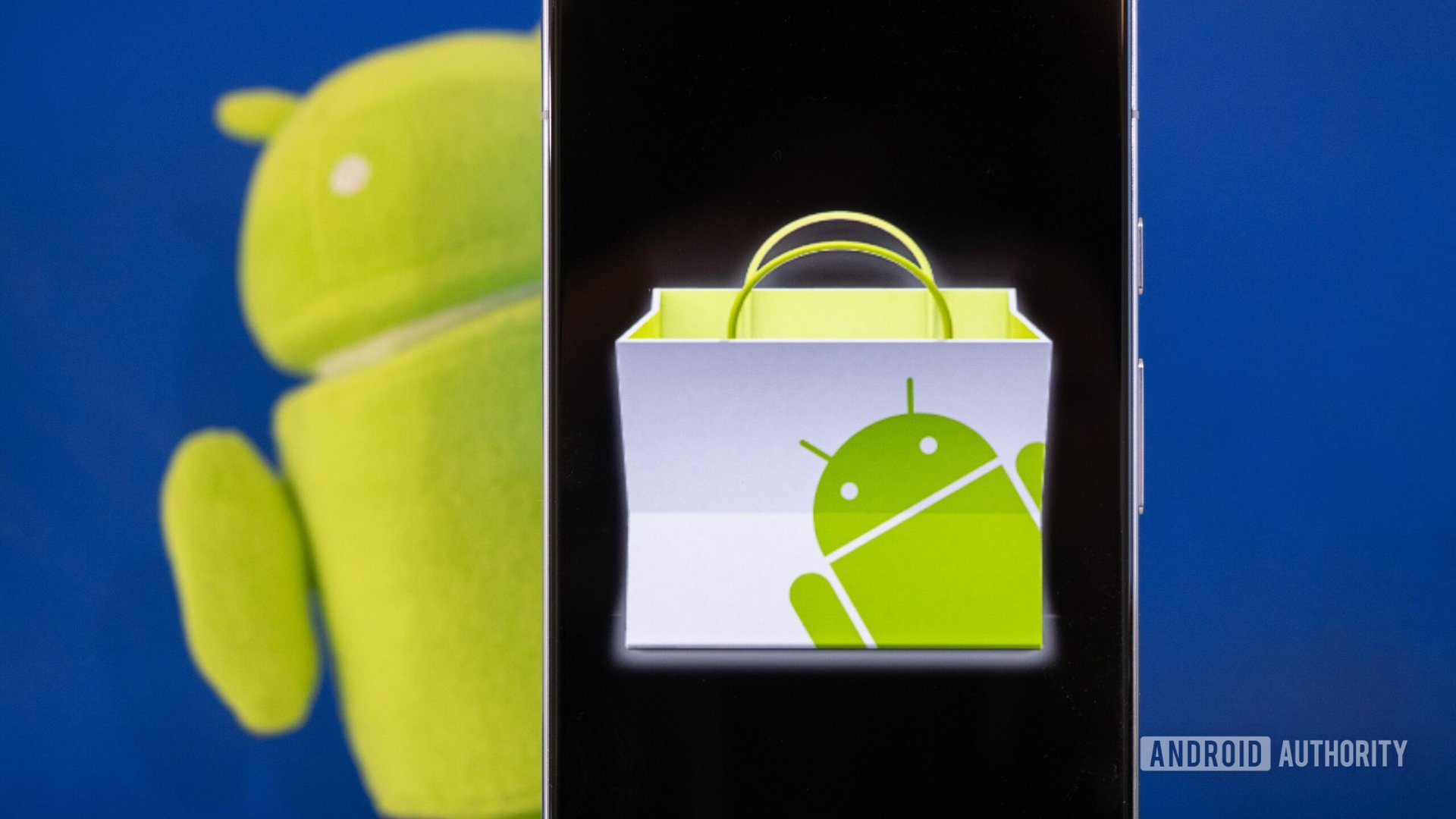
Rita El Khoury / Android Authority
It’s been 15 years since Google introduced the Android Market (now Google Play Store) on the T-Mobile G1 or HTC Dream. And 15 years since the mobile app ecosystem’s landscape was changed forever and grew from a few billion dollars to more than a six-trillion-dollar economy.
Few apps or services have had as much of an impact on our modern lives as the Android Market. Only the Apple App Store, which launched a couple of months earlier in 2008, can lay claim to a similar impact. So join me as I reminisce about what it was like before app stores were a “thing” on our phones and delve into how Google and Apple convinced the entire digital world of the “there’s an app for that” mantra.
How many third-party apps and games do you currently have on your phone?
175 votes
The dreadful pre-2008 app discovery days
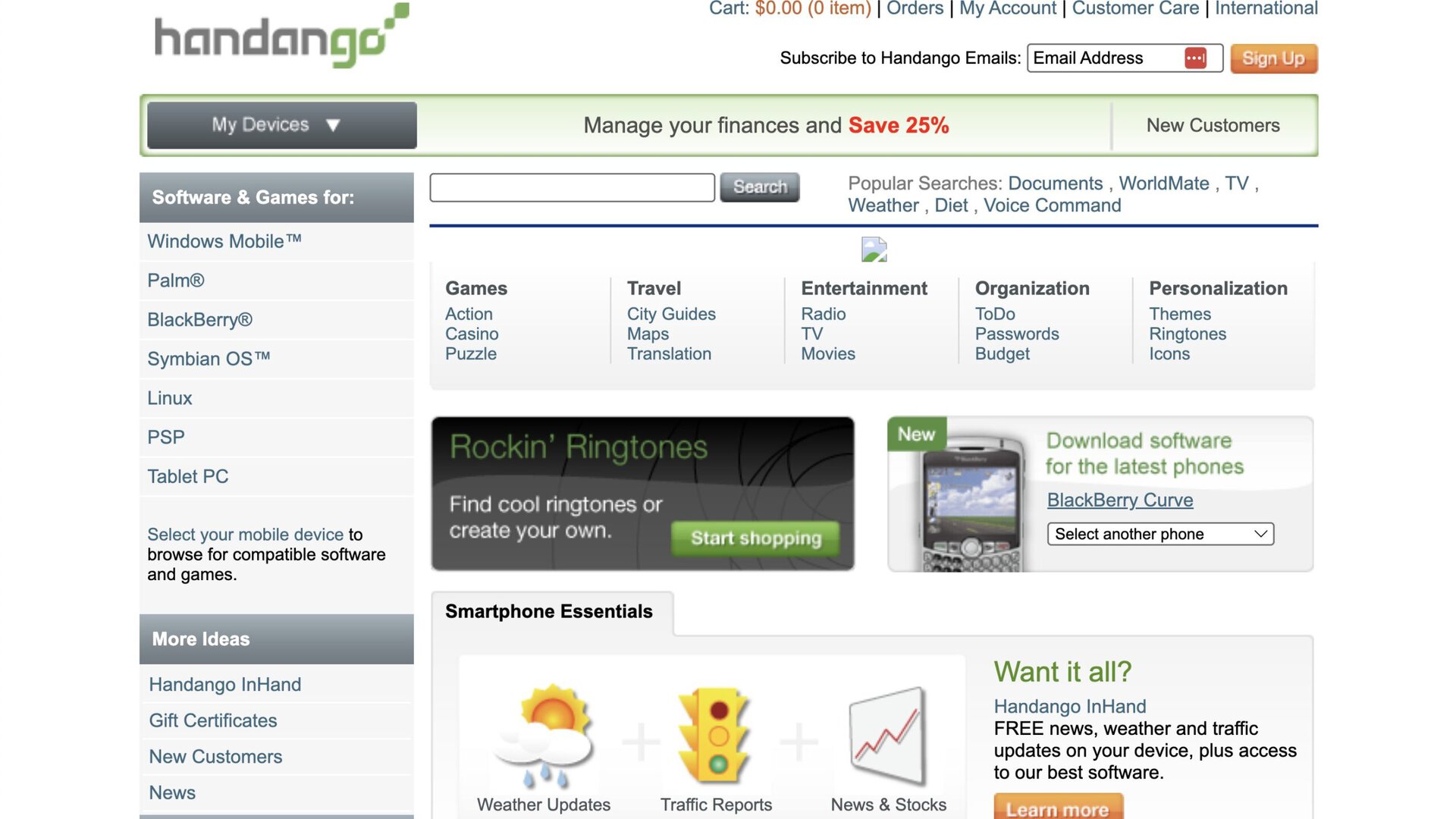
Rita El Khoury / Android Authority
Prior to 2008, finding and downloading apps for your “smart” phone wasn’t an easy task. I used to spend days scouring GetJar and Handango — two independent online stores — looking for new apps that might ignite my interest. I’d venture into random online sites too, just in case I’d find something cool. Other people had to use carrier-specific app stores. Imagine letting Verizon, AT&T, Orange, or Vodafone dictate what apps you can install, how much they cost, and how much developers should get paid for them. *Insert audible gasp.*
Imagine letting Verizon, AT&T, Orange, or Vodafone dictate what apps you can install.
App discovery and curation were non-existent back then. App selection was extremely limited too and most of it revolved around opening or editing Office documents and PDF files on the go. Security was a cool albeit foreign concept: You clicked download and hoped for the best. Paying for apps wasn’t easy either. I remember jumping through a thousand hoops to buy a couple of medical dictionaries for my Nokia 3250 Xpress Music on Handango; it just didn’t want to accept my lowly foreign credit card.
And let’s not even mention updates. You bought it, that was it. Just like when you had to purchase a new Encarta DVD every year, you had to pay full price for the new version of whichever app you’d already bought. That is if — big if — it ever got a new version.
How the Android Market changed the game
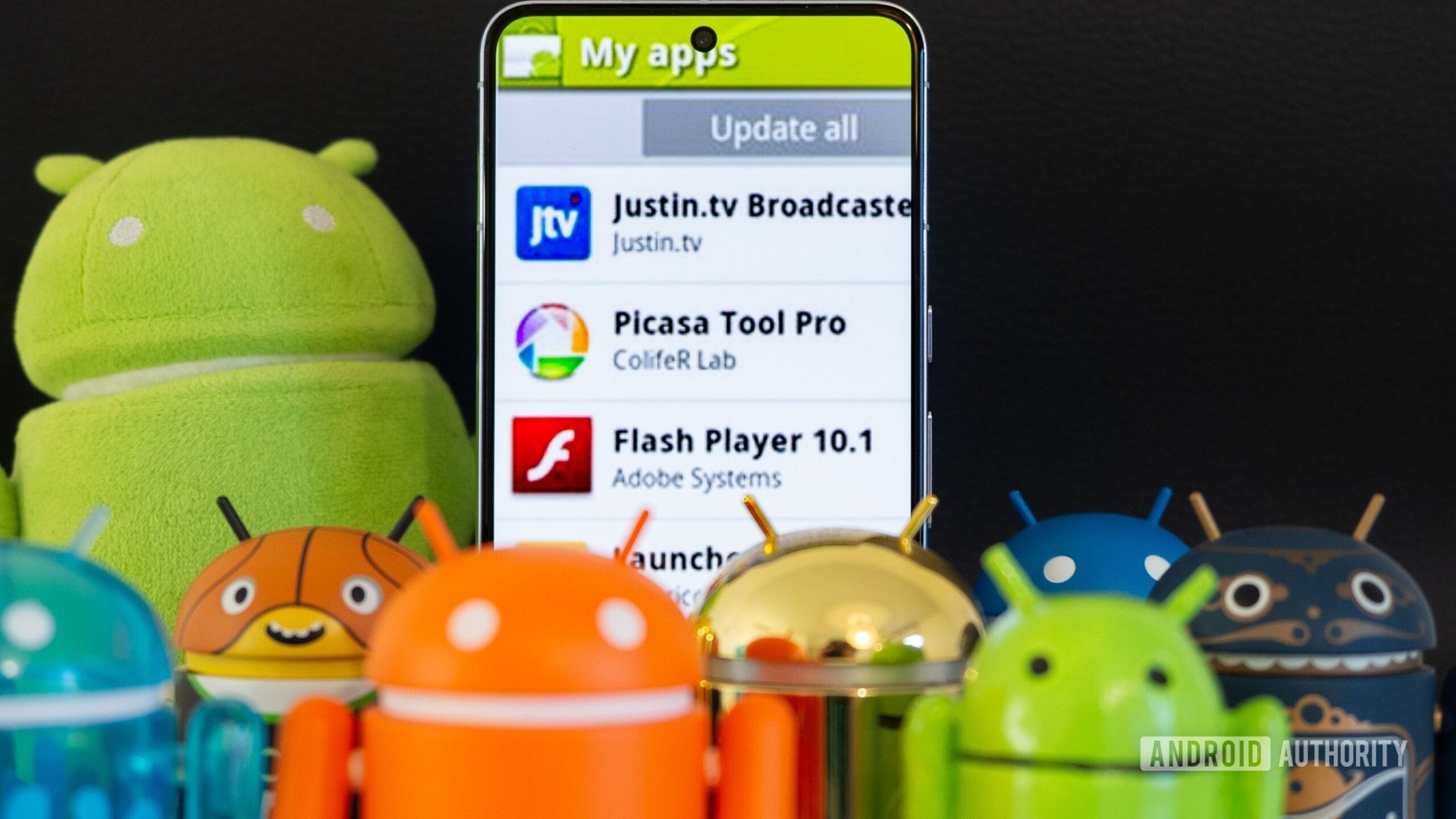
Rita El Khoury / Android Authority
The Android Market — and Apple App Store, but I’m writing about Android here, so I’ll focus on the former — changed all of that when it launched in October of 2008.
Suddenly, apps were an easily-accessible commodity. There was a centralized platform to go to and it had a repository of all the apps available for your phone, properly curated and laid out. You just had to browse and download. And it didn’t matter where you lived because the Market quickly expanded to reach hundreds of countries.
App variety started small but quickly grew too. There was more choice than a few weather apps and some Office tools, and developer adoption was shooting upward so more apps were always around the corner! In those early days, I also loved delving into user ratings and reviews, because I finally had enough of a sample size to judge if an app was worth trying or not. And app updates finally became the norm, so I wasn’t saddled with buggy or first-version software and could see apps evolve under my eyes.
Easy app discovery, updates, security, user ratings and reviews, global reach — we take all of these for granted now. But they only became the norm in 2008.
We take all of this for granted now, but it was all so much of a novelty and a mindblowing innovation in the late ’00s. It only took a couple of years before Android convinced me to leave Nokia and Symbian behind and hand over my digital life to the little green guy. Faith in the platform’s future was the main reason, apps were the other. I wanted access to all the goodies, and the goodies were delivered through Android apps.
Over the years, the Android Market has morphed a lot. It added paid apps and in-app purchases, better security and app scanning through Play Protect, family app and game sharing, improved type-based app permissions, Instant apps, Play Pass, and many more features. But the goal has always been the same: getting more apps into our hands.
I don't think twice when I open the Play Store on my phone and that's a testament to how good of a job it does.
Nowadays, I don’t think twice when I open the Play Store on my phone and look for a new app to install. Oh, there’s a new ChatGPT app for Android? I’ll grab that. Oh, I need to get the companion app for my Oura Ring? Sure, another download. The Play Store has disappeared into the background, but that’s a testament to how good of a job it does and to the quasi-saturation of the app market.
15 years of app and game delight
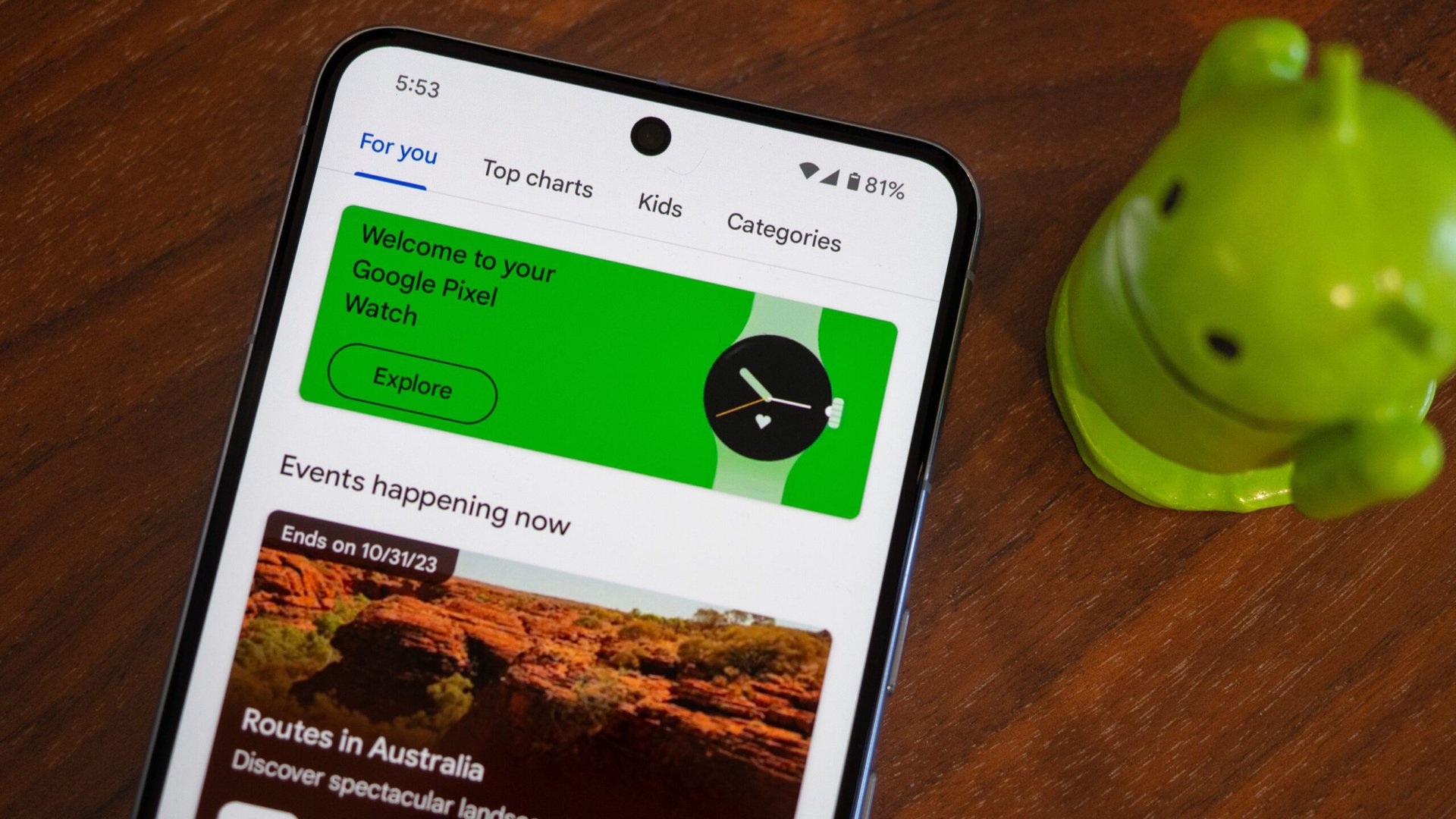
Rita El Khoury / Android Authority
The Android Market launched in October of 2008. By the end of 2009, it “only” had 20,000 apps, but the growth has been exponential since. Over 100,000 apps by mid-2010, 3.5 million today.
Among the early successes, there were The Weather Channel and WeatherBug because weather widgets weren’t available out of the box. ES File Manager and ASTRO File Manager, because Android didn’t have a built-in file manager. Several flashlight apps because that wasn’t an easily-reachable toggle yet. Barcode Scanner because Google Lens didn’t exist yet. Advanced Task Killer because Android was bad at resource management back then. And Titanium Backup because Android had zero backup and restore capabilities.
Early app successes started a positive avalanche of apps, users, developers, and Android phones.
With time, though, apps surfaced that weren’t just filling in the gaps and fixing issues, but also bringing extra abilities to our smartphones. Tasker and Locale for automations, Shazam for song authentication, Pandora and Spotify for music streaming, Aldiko for ebook reading, Angry Birds, Facebook, Twitter, Evernote, Kindle, Skype, Foursquare, and more popular apps launched on Android before the end of 2010.
Android went into a positive reinforcement cycle. More apps meant more users, so more brands made more Android phones for this new clientele, which brought in more developers and more apps. Angry Birds and Vine walked so Genshin Impact and TikTok could run.
Today, we may be much less enthusiastic about apps than we were back in the ’00s-’10s. They’re just part of our lives. But if you’re anything like me, you’re likely to be annoyed the moment you notice that a service you want to use doesn’t have an Android app.
We notice apps when they're missing because their presence is the norm.
We notice apps when they’re missing because their presence is the norm. And we owe that drastic change to the Android Market and the Apple App Store. Long live the apps, and may you have the wisdom to know when to use them and when to put them down and enjoy real life.

 oujisama
oujisama 








